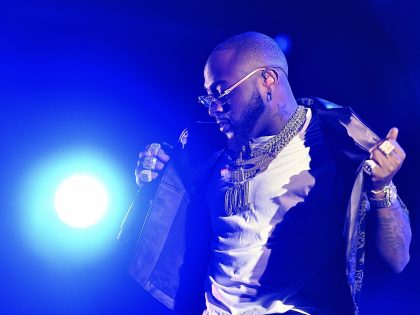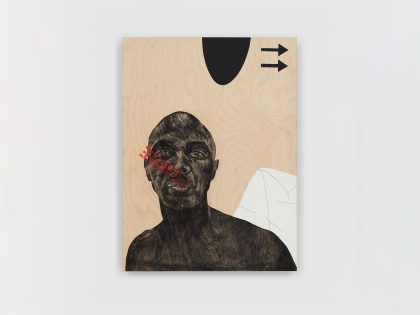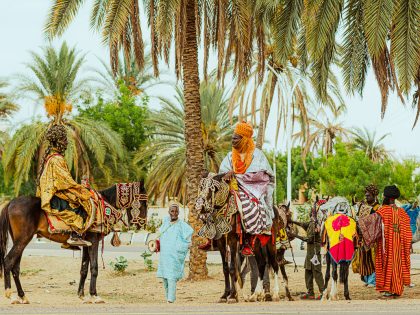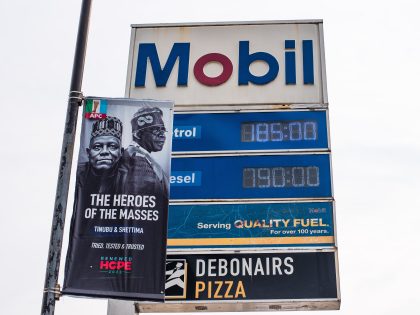Hip Hop History 101, South African Session
The Cape Town group, Prophets of da City, should get credit for kickstarting South African hip hop. They were also politically righteous.

Shaheen Ariefdien in a still from the group's music video for the 1994 song, "Never Again."
The good people at the Red Bull Academy have finally put up the 30-odd minute video conservation between DJ Ready D and MC Shaheen Ariefdien, founders of rap crew Prophets of da City in South Africa. The interview was taped in Cape Town sometime in 2003. Ready D and MC Shaheen represent for one of the continent’s oldest hip hop crews and probably the founders of South African rap. They also recorded the first Afrikaans hip hop track, “Dala Flet.” You can also print out the transcript (scroll down at the video link) of their conversation and read it.
Ready D: But at that time we were sitting in the recording studio and that was the day that Chris Hani was assassinated and …
Shaheen: He was a member of the ANC but also the Communist Party [the SACP] and they needed to get his ass out of the way [kill him] somehow because he made a statement that the success of South Africa, this new South Africa, will be determined on how the people on the margins, the extremely poor, how they will be incorporated into South Africa and not have to suffer again. That just meant a lot of shit to a lot of people. Like, “What did he mean by that?” And so he was assassinated for that and it was on this day where we were just programmed something and just put something together in the studio at the time.
Ready D: At that time in the Cape Flats, in the world of segregation, being black and coloured and all this and that, hip-hop was really a very, very strong force. So it broke down and stripped down the whole color issue. People didn’t see color at that time. It was all about skills at that point in time because we were all into b-boying and b-girling. So it was cool when people would see you come through your area with your tracksuit and your cap and your sneakers, they knew you were cool. They wanted these guys that were doing this dance on your heads, you know? So you didn’t encounter a lot of trouble and people just wanted to see you dance. Because at that time it came through it was very, very exciting for people because of the visual appeal as well. And also just, I think, the music blew people away as well.



















